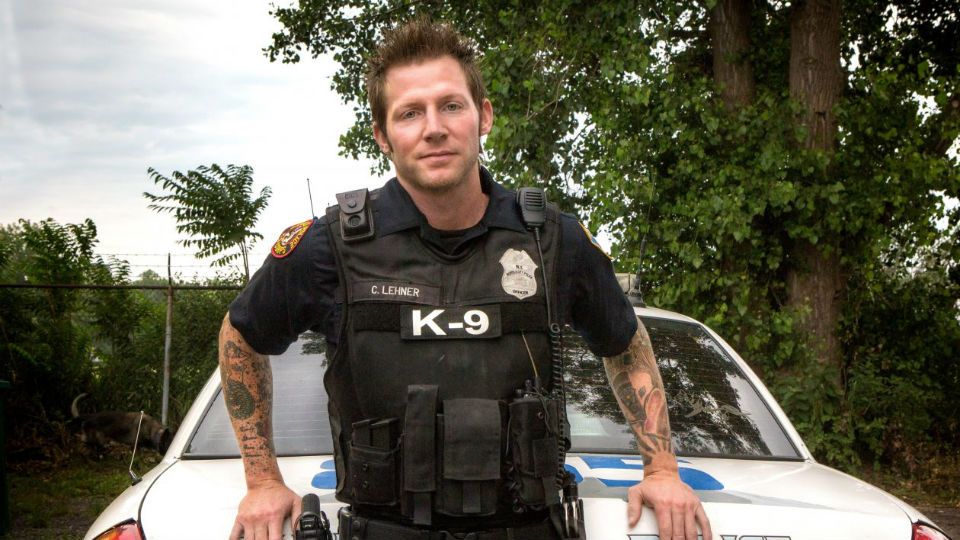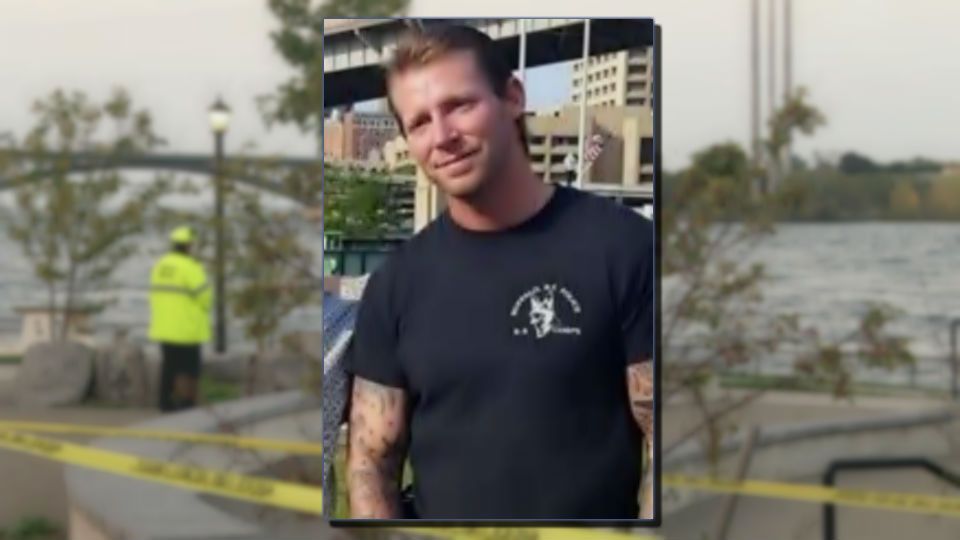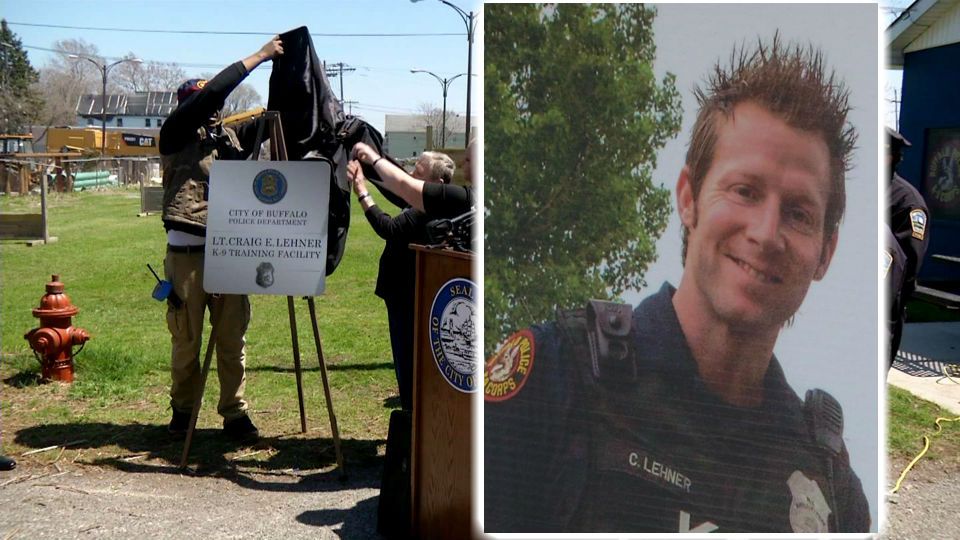Anthony Anderson has been diving for 52 years. He has thousands of dives under his belt and trains Public Safety divers.
"Things can go south no matter how hard you try to make it right," said Anthony Anderson, co-owner of Phoenix Scuba and Water Sports and a public safety diver rrainer.
Carole Anderson has dived hundreds of times in her nearly two decades under the water. Both have extensive experience diving the furious currents of the Niagara River.
"Took me about five years of just getting farther up into the current because that current, it moves you where it wants to. You don't fight it. You work with it or you lose," said Carole Anderson, a co-owner of Phoenix Scuba and Water Sports.
That's why they say training is critical, something a recently released state report said was lacking in the Buffalo Police Department. The Public Employee Safety and Health Bureau investigated Lt. Craig Lehner's death during a training exercise in the Niagara River off Broderick Park a year ago.
The report shows Lehner joined BPD's Underwater Rescue and Recovery Team six months before the incident and had completed five dives in relatively protected waters with the team. The report states October 13, 2017 was his first dive with the team in a swift water environment. The current was moving at 10-15 knots with a visibility of three to four feet.
"There are other places in the river that could have been used for training that could have been used to get him up to that level," Anthony Anderson said. "At Isle View, you're at anywhere from half a knot to one and a half knots. It's like the difference between flat water kayaking and white water kayaking."
In the report, BPD stated that dive members must complete a series of progressive skills, such as pool dives, then moving up to a lake, then river.
It also said the dive team completes an average of 12 trainings per year.
"It's reasonable. Ideally, it should be more than that," said Anthony Anderson.
One to two of those are rescue or self-rescue training dives, which Lieutenant Lehner had not completed at the time of his death.
"That made me sad that that's as good as they feel they need to be for a group of divers who have the expectation of maybe having to do that sort of a dive,” Carole Anderson said. “That's not a lot of help. That's not a lot of confidence on their part in that type of water. I would want more.”
The Andersons say there were a lot of questions the report did not answer, such as what exactly are BPD's protocols and training, how many dives did Lt. Lehner have in general, how long had he been diving, how many times had he dove with the BPD-issued equipment, and the specifics of what happened in the waters off Broderick Park that day.
Because of pending litigation, these were not questions the Buffalo Police Department could comment on. But on Saturday, police spokesperson Captain Jeff Rinaldo said the department must submit their changes, including the establishment of training procedures specific to the Niagara River, to PESH within 60 days. They had planned to do that this week.
"Any time you have a tragedy like this occur, you take a time out and you review what you're doing, what you could have done better and you adjust accordingly,” he said Saturday.










